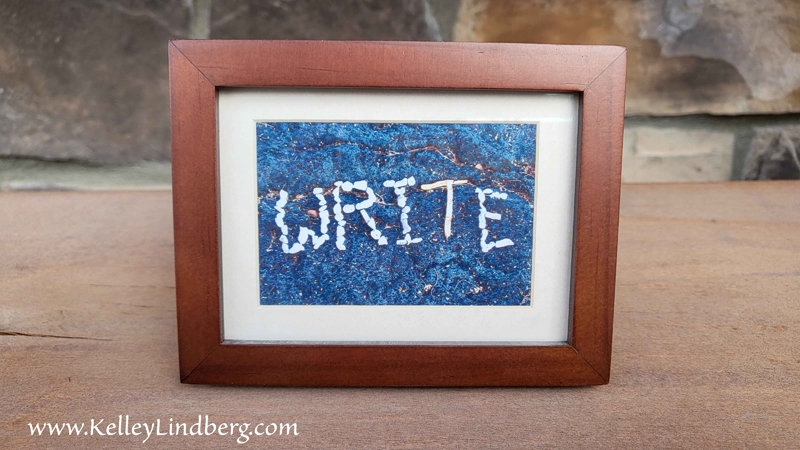It seems there are two types of bloggers—those who focus on words to tell their story, and those who focus on pictures to tell their story. I’m definitely in the first camp. That doesn’t mean I don’t love images, photos, and artwork. I do, very much. I just usually think in words first, and then I look for images to support the story. That might have something to do with me being a writer. Go figure.
If you’re a wordie like me, finding appropriate images is sometimes the hardest part of creating a blog post. I want a picture that captures the essence of the story, reflects the emotion, or highlights a particular point. Or if I’m writing about a location, I look for an image that brings it alive for the reader. The picture needs to be visually appealing, striking, or beautiful in some way.
Of course, it also needs to be royalty-free.
That’s where things can get sticky.
Despite the fact that the internet still looks like every pirate’s playground and copyrights feel like a quaint custom from a bygone era, it’s still important to do what we can to support and protect our fellow artists.
So I am careful about the images I choose.
Whenever possible, I prefer to use my own photos. However, I am still learning how to optimize my photos for my blog posts. Fortunately, there are many places to learn ways to improve my photo techniques. Here are a couple of websites that have lots of photo-taking tips: “Photography Tips for Bloggers” and “20+ Secrets to Taking Amazing Photos for Blogs and Social Media.”
When I don’t have anything suitable, I have to look beyond my own portfolio. Lucky for me, there are several stock-photo websites that offer high-quality, royalty-free images that we can use for our websites, such as*:
On these stock-photo sites, you can search for images and download them in a variety of sizes (“small” is generally the best for blog posts). When using these sites, know that the first images that appear in a search are usually premium images, meaning they’re not free, and if you choose one of those, you’ll have to pay for it. That’s how these sites pay the bills, of course. But scroll down a bit, and you’ll find the free images.
When you use an image from these sites, it’s good etiquette to credit both the artist and the stock-photo site. I usually include a sentence at the end of my post or in the photo’s caption that says something like “Image by William Shakespeare on Pixabay.com” (or whichever site the photo is from).
I love the impact an image can have on a blog post, and I have tremendous respect for the artists who are willing to share their work to help us tell our story.
*Many thanks to Karl (Grey) Shumacher, fellow RMFW blogger and former RMFW blog editor, for pointing me to some of these stock-photo sites.
[Photo by Kelley J. P. Lindberg. Framed “Write” photo by Susan Zeller Smith, used with permission]


I am embarrassed to admit I never thought of crediting free stock photos at the end of my blog posts! I will certainly do this in the future. Thanks for all these great tips and tools.